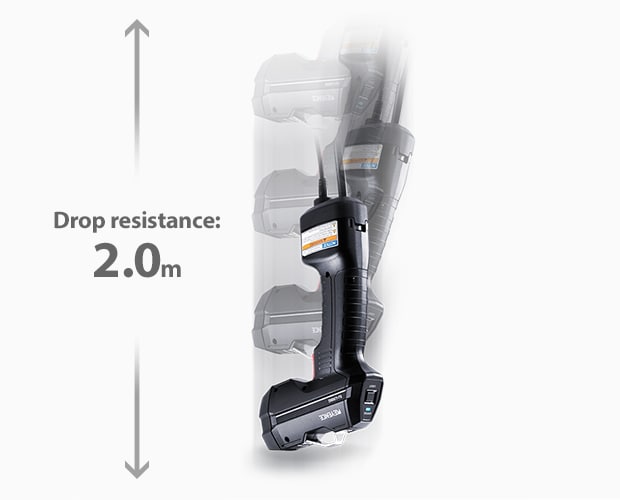Static Eliminators / Ionizers

A static eliminator that eliminates static electricity in a variety of environments, from the entire room to precise locations.
The product lineup includes a stick type with a small flow rate and sufficient static elimination performance;
a fan type that does not require an air supply;
a point type that fully eliminates static electricity in necessary parts;
and an air gun type that can be used anytime and anywhere, etc.
Products Lineup : Bar Type
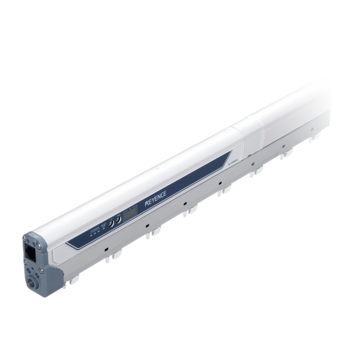
Eliminate static electricity for a target area of up to 3000 mm at an installation distance of 300 to 1500 mm. The energy-saving design reduces running costs by 60%. The SJ-E Series is KEYENCE’s flagship static eliminator.
Features
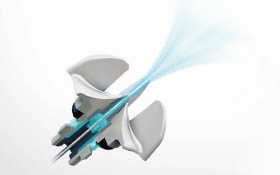
The Three Technologies That Support Our Ability to Provide Optimum Static Elimination with the Lowest Air Volume in the World
By using the first supersonic structure ever developed in the history of ionizers, KEYENCE has increased the speed of ions past the speed of sound, which makes the fastest static elimination in the world possible with an extremely low air volume.
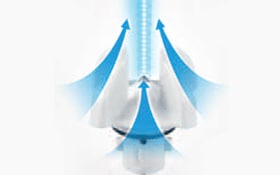
Optimum Static Elimination & Energy Saving
We have used de Laval nozzles, which are used in supersonic jet engine technology, in the electrode probes to realise our supersonic structure. The air speed exceeds the speed of sound, which enabled us to rapidly improve the speed at which ions attach to the target. In addition, the shape of the electrode probes, which makes use of fluid mechanics, pulls in the surrounding air to increase the air volume. These two technologies are what enable static elimination at high speeds and over a wide range with the lowest air volume in the world.
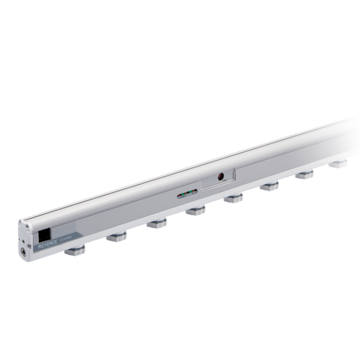
Eliminate static electricity on a target area of up to 3000 mm at an installation distance of 300 to 1500 mm. The SJ-H Series provides high-speed static electricity elimination and is capable of eliminating static throughout the entire installation area.
Features
High-Speed Static Elimination with No Air Flow
I.R.G. structure for air flow-free high-speed static electricity elimination
In conventional models, the GND plate essential for ion generation is mounted externally. KEYENCE's SJ-H Series, however, is the first to adopt the I.R.G. (Insert Ring Ground) structure, which includes the plate inside the ionizer. By directing the generated ions to the target rather than the GND plate, loss is minimised and the number of ions applied to the target increases. This allows for high-speed static elimination five times faster than conventional models.
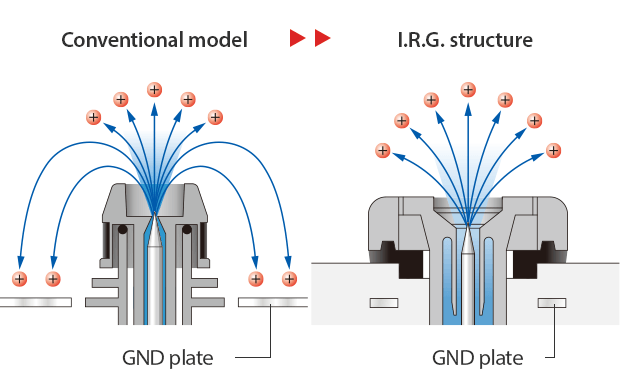
High Usability
The SJ-H Series includes a self-diagnosis function that monitors the ion generation level. With the bar LED and alarm outputs, the ionizer alerts you when maintenance is required.
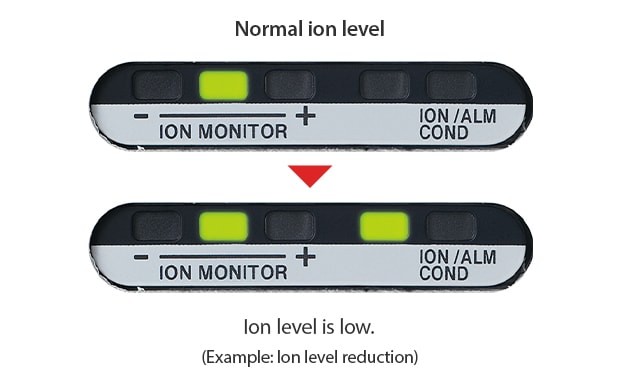
Discontinued Series
Products Lineup : Blower / Fan Type
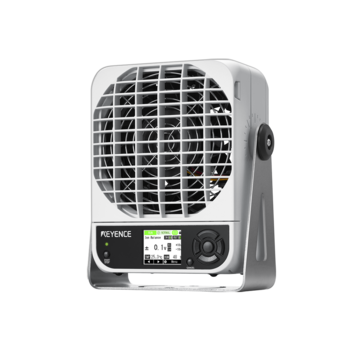
The SJ-F700 Series Multi-Sensor Ionizer offers complete automation of periodic maintenance - an essential task with any static eliminator. Both probe cleaning and maintenance are done automatically by the unit, which eliminates the need to check static elimination performance.Offering completely maintenance-free operation while ensuring continued best-in-class static elimination (with an ion balance of +/-1V, elimination speed of 0.5 sec, and a static elimination area of 3 m ), the SJ-F700 makes it easier than ever to solve static problems. Make use of maintenance-free static elimination with the SJ-F700 static eliminating blower for ESD (electrostatic discharge) and foreign object adhesion.
Features
Say goodbye to probe cleaning and replacement
Never worry about having to clean or replace electrode probes again.
In addition to an auto-clean function that protects probe tips, the SJ-F700 Series also includes a multi-I.C.C. for maintenance-free operation.
- Variable DC system
- High-density brushes
- Brush cleaner
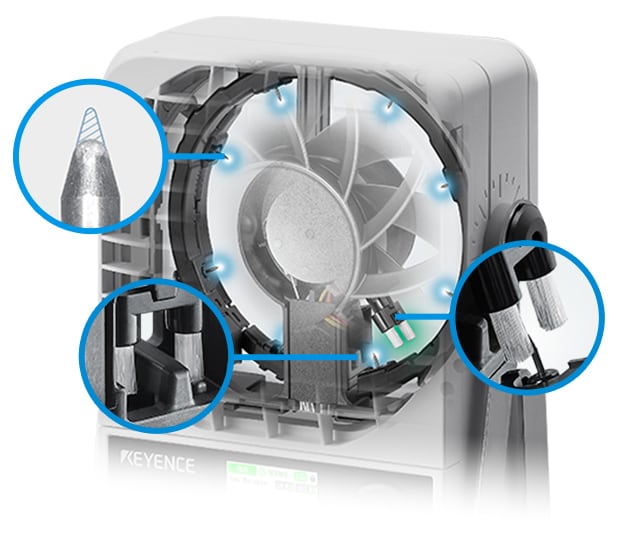
High-performance static elimination
- Ion balance ±1 V
- Static elimination speed Fastest 0.5 sec
- Static elimination area Up to 3 m
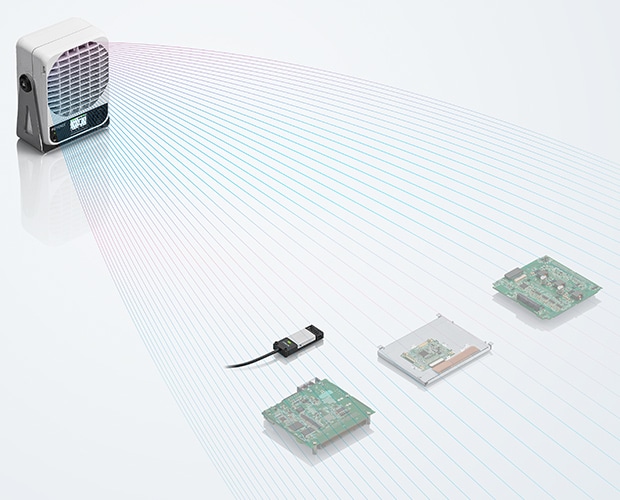
Static elimination example
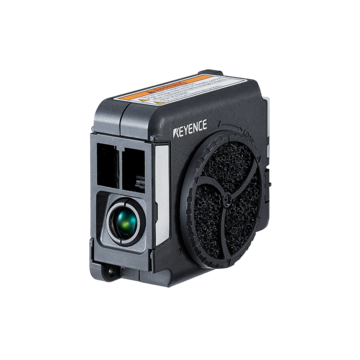
Small, easy-to-mount static eliminator that features visible feedback indicating whether a target has a static charge or not. The target area will light orange when static is present and green when absent. Easy installation and low-cost make this an ideal solution for troublesome areas.
Features
Visualising Light: Static Electricity is Visible
Confirm if static was eliminated from any angle. Check operation without any additional sensors and easily reduce the problems caused by static electricity.
Static electricity present
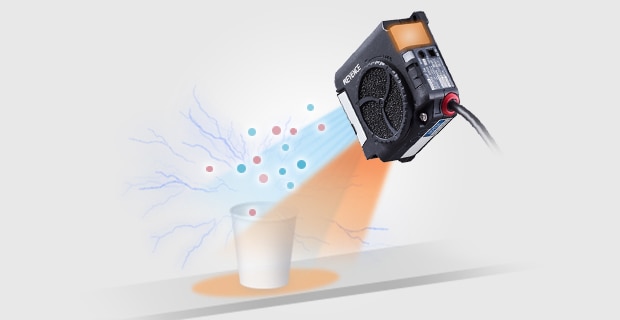
Orange
Static electricity absent
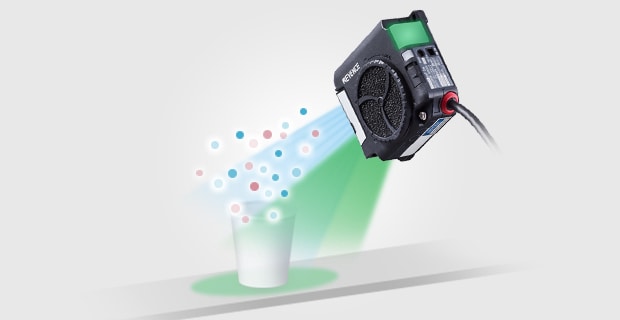
Green
Smallest in Class: Fits in the Palm of Your Hand
The SJ-LF is small enough to be mounted anywhere, enabling it to be retrofit into existing equipment or installed in tight spaces where conventional static eliminators won't fit.
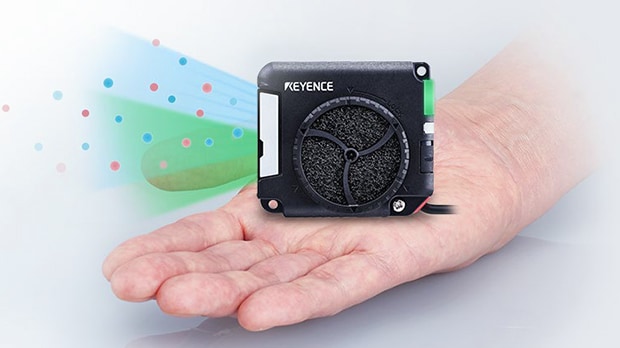
Products Lineup : Spot / Nozzle Type
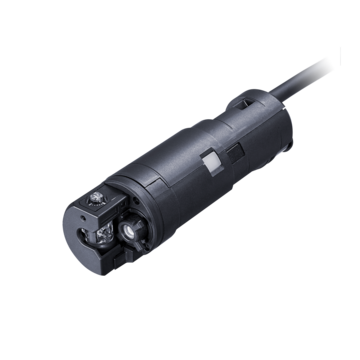
Even with a built-in amplifier, the cylindrical design ensures an ultra-compact unit with a diameter of just 27 mm and a length of 93 mm. Take advantage of the high degree of mounting freedom even in restricted or limited space.
Features
Installable Anywhere!
Multi-Angle Static Electricity Elimination
Achieve static electricity elimination at any angle without having to change mounting positions. Never worry about not having enough space for retrofitting equipment or needing to remove static electricity at specific locations.
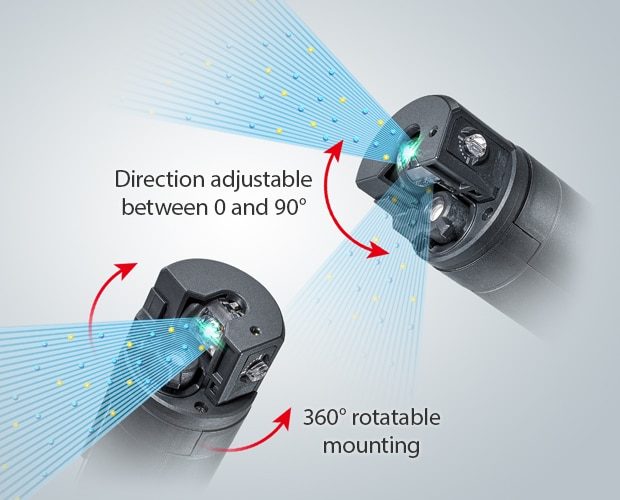
Easy Determination of Effectiveness!
Light-Based Static Electricity Visualisation
Determine the static charge of targets with colour. The ability to quickly verify whether static electricity has been removed properly at any angle makes it possible to easily check static electricity elimination effects at startup and during operation.
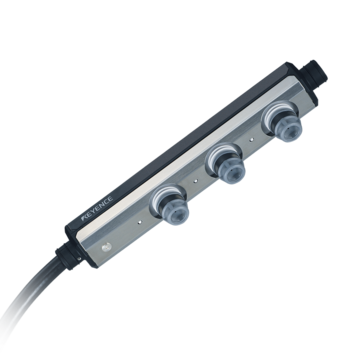
Eliminate static electricity for a target area of 200 mm at an installation distance of up to 200 mm. The SJ-M Series boasts an ultra-compact ⌀10 mm static electricity elimination head suitable for installations within equipment or in narrow spaces.
Features
Ultra-small Static Elimination Head Has No Limitation on Installation Space
Since the SJ-M Series provides a direct static elimination structure that directs the ion generation point at the tip of the head, it allows for high-speed and high-precision static elimination where it is needed most.
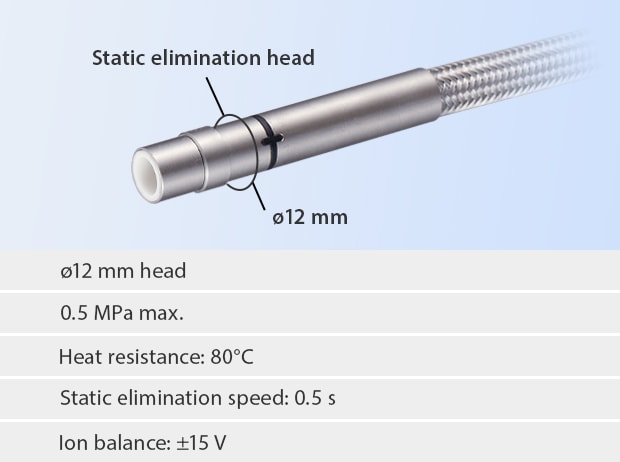
Static Elimination over Areas at Distances of 1 m or More Using a ⌀12 mm Head
Remove static electricity from an area as large as 600 × 1500 mm using just a compact head. Eliminate static from more than 1 m away in under 1 second. Use branching to remove static electricity from inside devices.
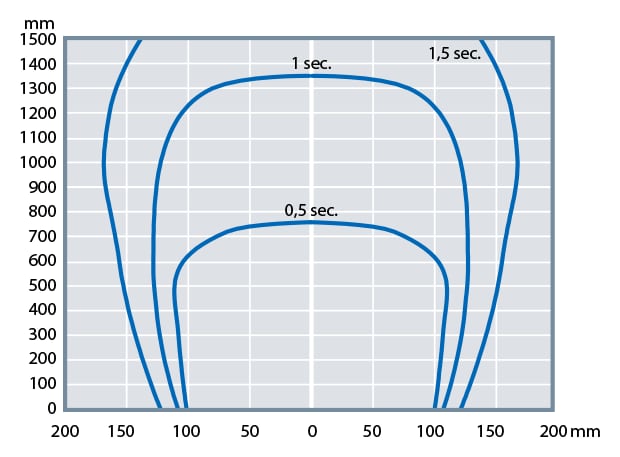
Static elimination range and time (typical) (Applied pressure of 0.5 MPa)
Products Lineup : Gun Type
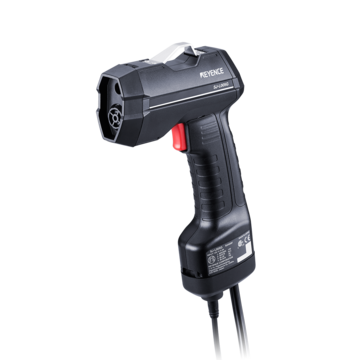
Introducing a static electricity elimination gun with impressive dust removal performance and a robust design. Adding ions to air delivered at supersonic speeds helps not only remove foreign particles but also keep particles from re-adhering.
Features
Impressive Dust Removal Performance 3× More Powerful
The device’s Laval nozzle structure—which is also used in jet engine technology—pushes out air at supersonic speeds. Adding ions to this ultra-high-speed air helps not only remove foreign particles but also keep particles from re-adhering.
Ultra-robust All-in-One Design
The device’s ultra-rugged body is equipped with a rubber protector capable of withstanding strong impacts, preventing breakage even when the device is dropped from 2.0 m. The long service life and highly durable design ensure the device can be used with confidence even in frequently used sites.
